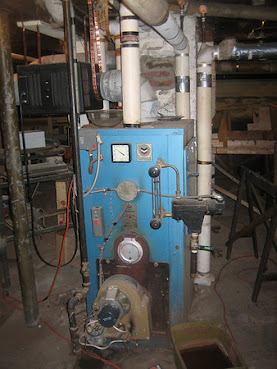It’s Fall, Time to Wake the Boilers

As HVAC professionals begin getting their sleepy boilers ready for the upcoming heating season, they know that the first few weeks of heating season can be hectic, as dormant boilers are lit and unexpected startup problems pop up all over. It’s typically a time with some long days and a steady stream of calls from residents and building operators. Professionals who’ve been doing this for a while, know that even if a boiler has been professionally inspected and serviced during the summer months, idle heating systems are still susceptible to both sediment and corrosion. Sediment settles out of the cold motionless water and compacts in pumps and valves, and of course as Mr. Young famously said, “rust never sleeps.” The physics of heating system inactivity conspires to create a rich set of winter startup problems for commercial heating professionals. As a premiere manufacturer of advanced heating control systems, the experts at Heat-Timer® have seen their share of these startup probl
